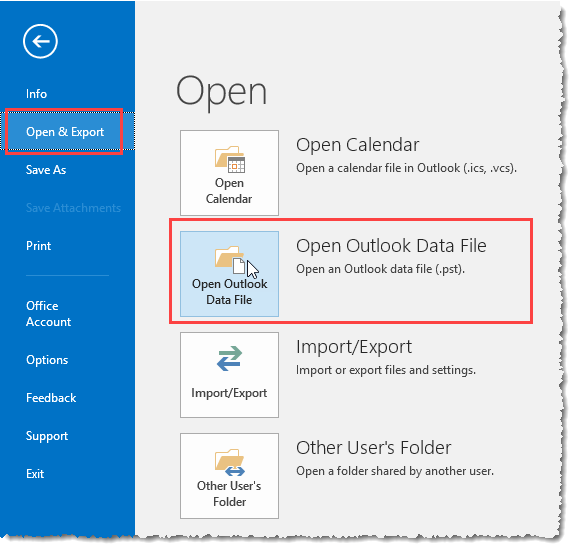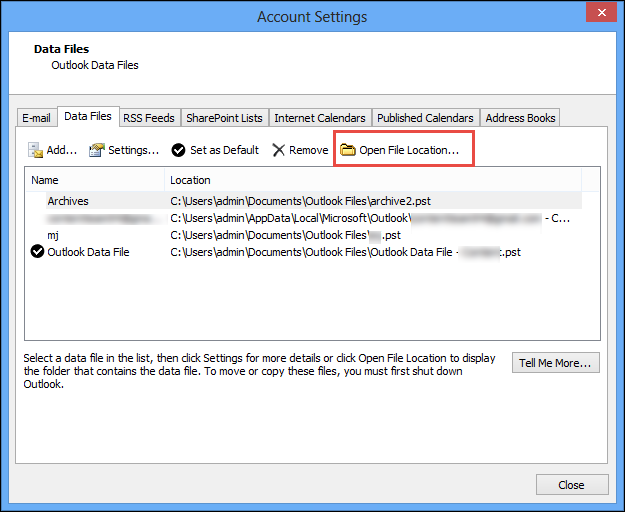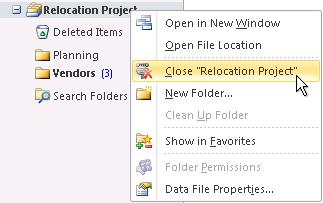

Due to this reason, a user cannot move the OST file to another computer and wants to know how to open OST file in Microsoft Outlook 2010, 2013, 2016, 2019. The Offline Storage Table (OST) saves the exact replica of Exchange Server mailbox on the local system and this file is synchonized with Exchange Server. But we can easily import OST file in Outlook without Exchange profile or server connectivity. This functionality of the PST file makes it different from the Outlook OST file due to which the OST file are system dependent. The PST file are not directly connected to the Exchange Server as a result of which these files can be easily transferred from one machine to another. These files are stored locally on the computer system.

The PST file aka Personal Storage Table contains all the important data of Microsoft Outlook such as emails, calendar, contacts, tasks, etc. Thus, we come up with a solution to read Outlook OST files in Microsoft Outlook using simple solutions. So, many users need to open OST file in Outlook 2019, 2016, 2013, 2010, 2007 but some of them don’t know the exact procedure of doing so.

However, it can be tricky while working with this file if it is in offline mode and you want to view it in Outlook. This data file proves to be usefil in scenarios when the users can continue their work on the email messages even if they are not connected to Microsoft Exchange. The OST file stores the same data as of the Exchange Server mailbox on the local system. Open Old OST in Outlook Without Exchange Profile.


 0 kommentar(er)
0 kommentar(er)
